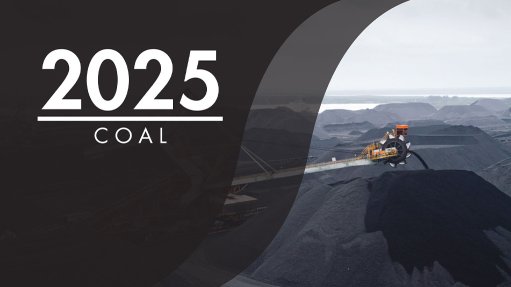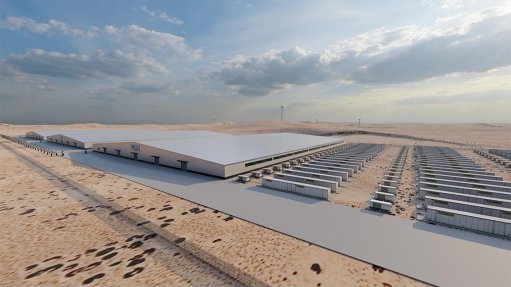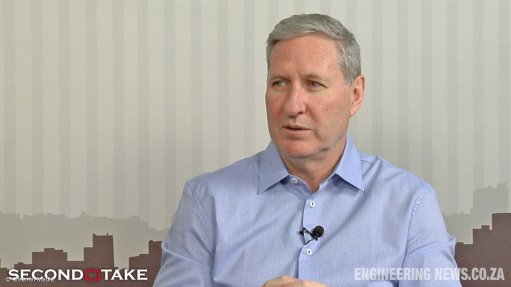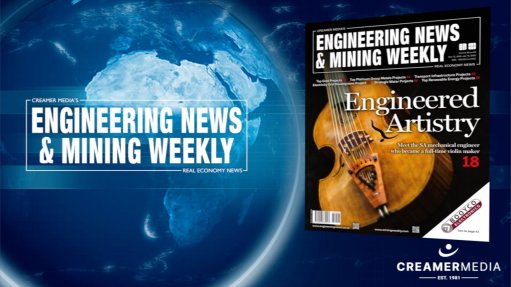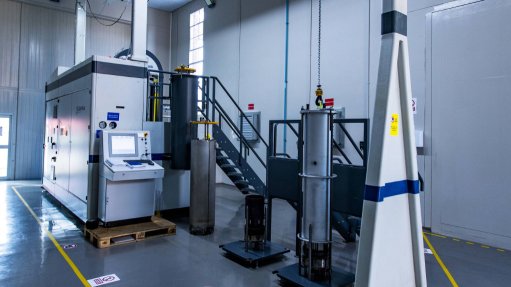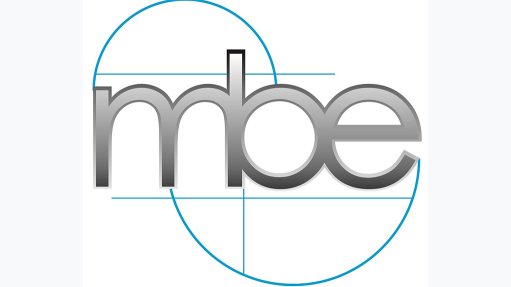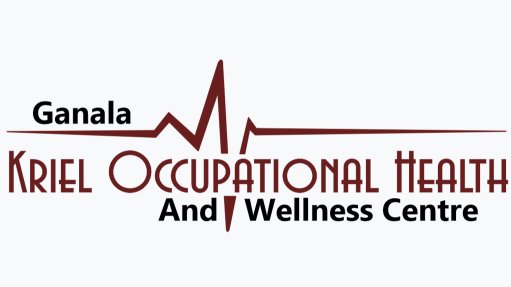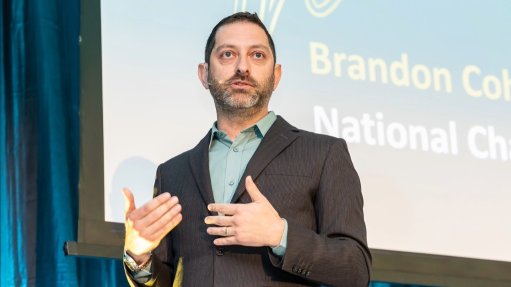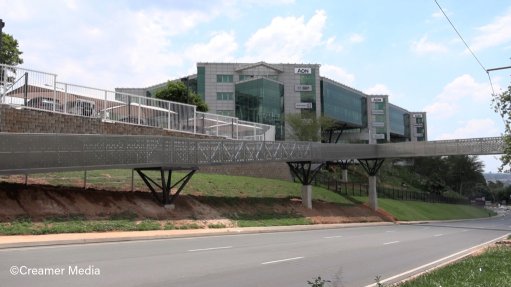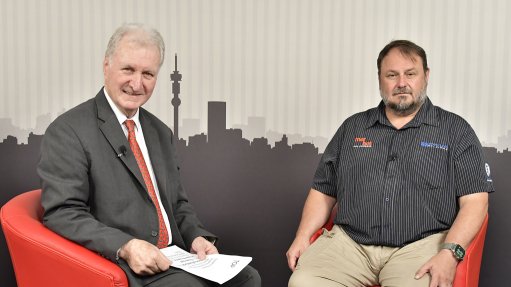How renewable energy must adapt to sustain growth
By Adhila Mayet
The last few years have seen a phenomenal growth of utility-scale, renewable energy (RE) solutions being implemented for mines in South Africa. While no specific values have been published, it is estimated that upwards of 3 GW of wind and solar projects have been procured by mines, primarily through long-term power purchase agreements (PPAs) on a wheeling basis. The impacts have been positive on both sectors – the mining sector, as an integral part of the South African economy, has experienced a boost in sustainability driven projects, while the growing RE industry has benefitted from the consistency of procurement. Ultimately, the South African economy and local communities continue to benefit from the growth of both industries.
At this current juncture, a few key questions can be posed: will this growth trajectory continue and, more pertinently, how should energy solutions continue to adapt to ensure that growth continues? Both buyer (mines) and seller (being primarily Independent Power Producers [IPPs]) are experiencing shifts in their respective markets and perspectives on RE solutions for mines.
On the side of the mines, the primary driver for the surge in RE procurement has been a keen drive for decarbonisation, coupled with the amendment to the Electricity Regulation Act in August 2021, which lifted the National Energy Regulator of South Africa licensing threshold for embedded generation projects of 1 MW. Subsequently, large mines have embarked on procurement processes for wheeled RE projects, several of which have achieved financial close and are currently in construction or early operation phases. Decarbonisation targets together with cost sensitivity continue to drive decision-making, with the weightings on the two factors changing at various times for various buyers.
On the IPP side, the market is rapidly experiencing multiple shifts. The South African wholesale energy market (SAWEM) is a government-led initiative under the Energy Action Plan to transition South Africa's electricity sector from a vertically integrated monopoly to a competitive, multi-market system by April 2026. The emergence of SAWEM, together with an increase of energy traders, has pressed all energy providers to consider shorter-term, more flexible procurement routes. IPPs and traders are adapting to the signals of a liberalising market by offering PPAs on a much shorter term basis than the 20-year departure point as well as more accessible termination options.
In addition to the changing RE landscape, the market is currently testing coupling battery energy storage systems (BESS) with utility scale renewable energy systems. Solar PV and wind solutions, whilst bringing the benefit of decarbonisation, are still limited in solving mines’ pain points by their inherent non-dispatchability. Hybrid RE/BESS projects offer options for power-shifting, energy arbitrage and higher “green energy” penetration rates. However, utility-scale hybrid systems remain in the testing phase in South Africa, with standardised, commercial solutions emerging only gradually.
These changes, both on the side of the IPP and the mines, may lead to short-term hesitation by mining companies in procuring RE as they wait to see how the adjustments stabilise. Such pauses in momentum are natural within any technology adoption curve, but they should not translate into a material slowdown of the renewable energy sector or derail its growth trajectory.
To sustain growth, IPPs and traders should continue to commercialise flexible contracting terms. These are particularly well-suited to mines, which face inherent commodity volatility and must account for the life-of-mine horizon. Internationally, in markets further along the path towards competitive, open energy procurement, both short-term renewable contracts and longer-term bilateral PPAs coexist successfully. There is no one-size-fits-all model – diversity in contracting structures fosters innovation and broadens access across the mining sector.
On the technology front, test cases for successful RE/BESS solutions must emerge as the South African market goes through its early adoption phase to ensure the progression of fit-for-purpose, commercial RE solutions for mines.
For the mining sector, the evolving procurement landscape offers greater choice and resilience. Shorter-term contracting options provide flexibility to manage commodity volatility and operational uncertainty, while longer-term PPAs can continue to secure price stability and align with decarbonisation goals.
For IPPs and traders, diversification of contracting structures creates wider routes to market, enabling access to a larger base of mining offtakers. By responding to the sector’s varied needs, energy providers position themselves not only as suppliers but as long-term partners in sustainability.
Ultimately, a balanced mix of contracting models and emerging technologies ensures that both industries can mitigate risk, capture opportunity, and remain competitive in a rapidly changing energy market.
Adhila is the head of project development at Pele Energy Group. She holds a BSc in Mechanical Engineering from the University of Witwatersrand and is proudly affiliated with SAPVIA. She is also a WEConnect programme mentor, Allan Gray Fellow and director of the Copperton Community Trust SPV.
Article Enquiry
Email Article
Save Article
Feedback
To advertise email advertising@creamermedia.co.za or click here
Comments
Announcements
What's On
Subscribe to improve your user experience...
Option 1 (equivalent of R125 a month):
Receive a weekly copy of Creamer Media's Engineering News & Mining Weekly magazine
(print copy for those in South Africa and e-magazine for those outside of South Africa)
Receive daily email newsletters
Access to full search results
Access archive of magazine back copies
Access to Projects in Progress
Access to ONE Research Report of your choice in PDF format
Option 2 (equivalent of R375 a month):
All benefits from Option 1
PLUS
Access to Creamer Media's Research Channel Africa for ALL Research Reports, in PDF format, on various industrial and mining sectors
including Electricity; Water; Energy Transition; Hydrogen; Roads, Rail and Ports; Coal; Gold; Platinum; Battery Metals; etc.
Already a subscriber?
Forgotten your password?
Receive weekly copy of Creamer Media's Engineering News & Mining Weekly magazine (print copy for those in South Africa and e-magazine for those outside of South Africa)
➕
Recieve daily email newsletters
➕
Access to full search results
➕
Access archive of magazine back copies
➕
Access to Projects in Progress
➕
Access to ONE Research Report of your choice in PDF format
RESEARCH CHANNEL AFRICA
R4500 (equivalent of R375 a month)
SUBSCRIBEAll benefits from Option 1
➕
Access to Creamer Media's Research Channel Africa for ALL Research Reports on various industrial and mining sectors, in PDF format, including on:
Electricity
➕
Water
➕
Energy Transition
➕
Hydrogen
➕
Roads, Rail and Ports
➕
Coal
➕
Gold
➕
Platinum
➕
Battery Metals
➕
etc.
Receive all benefits from Option 1 or Option 2 delivered to numerous people at your company
➕
Multiple User names and Passwords for simultaneous log-ins
➕
Intranet integration access to all in your organisation







